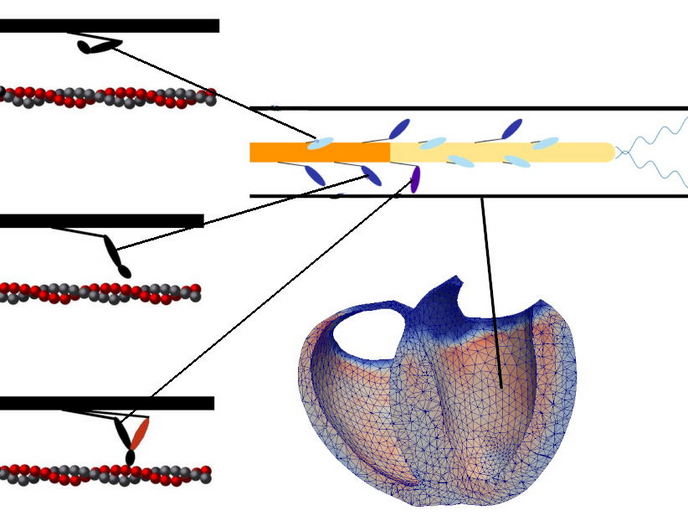Controlling tobacco use in Europe
Smoking has caused the death of more people in Europe than any disease. To counter this phenomenon, the EU continues to regulate tobacco use in its quest to alleviate the tobacco disease burden and save lives. Against this backdrop, the EU-funded project 'Pricing policies and control of tobacco in Europe' (PPACTE) worked to produce new policy recommendations intended to improve the market regulation of tobacco products. It aimed to help achieve more effective and equitable control of tobacco in Europe. The project investigated the effectiveness of tobacco taxes and pricing policies for controlling tobacco by surveying 18 000 people across Europe. In addition to examining industry's influence on tobacco taxation and analysing specific cigarette markets in Europe, it modelled the impact of tobacco policies in 15 EU countries. Studies show that tobacco taxation improves public health by discouraging people from smoking and by reducing consumption among those who already do smoke. The project team looked at how tobacco tax directives could address the availability of cheap and ultra-low price cigarettes, considering the large price discrepancies among EU countries as well. To address these concerns PPACTE produced a handbook on 'The effectiveness of tax and price policies for tobacco control'. The handbook covers topics such as tobacco industry pricing, price-related marketing and lobbying strategies, tax evasion, and the health and economic impacts of tobacco taxation. In addition, the team conducted an econometric analysis of demand for tobacco, processing datasets from different EU countries in a more consistent manner. The study estimated price elasticity of demand for selected tobacco products and looked at whether cigarettes, pipes and hand-rolling tobacco are substituted for each other. It evaluated the impact of non-price policies on consumption and looked at how demand for tobacco products can be controlled by price measures. After modelling future scenarios of tobacco control policies and their impacts, the project obtained a much clearer picture of the tobacco landscape. It also evaluated the influence of and impact on the tobacco industry in the face of tobacco taxation, which helped improve policy analysis and produce viable policy recommendations. Overall, the project's models have shown that smoking among young people declines more than among adults as a result of tax increases. This is the main reason why taxes continue to reduce adult smoking rates over time. Substitution of hand-rolling tobacco for cigarettes and switching from more expensive to cheaper brands have also been factored into the project's studies, as has the impact of illicit tobacco trade. All these findings and guidelines will undoubtedly help protect Europeans against the hazards of smoking. Comparisons of the results of tobacco taxation in different countries of the EU will form a platform on which future policies can be based.





